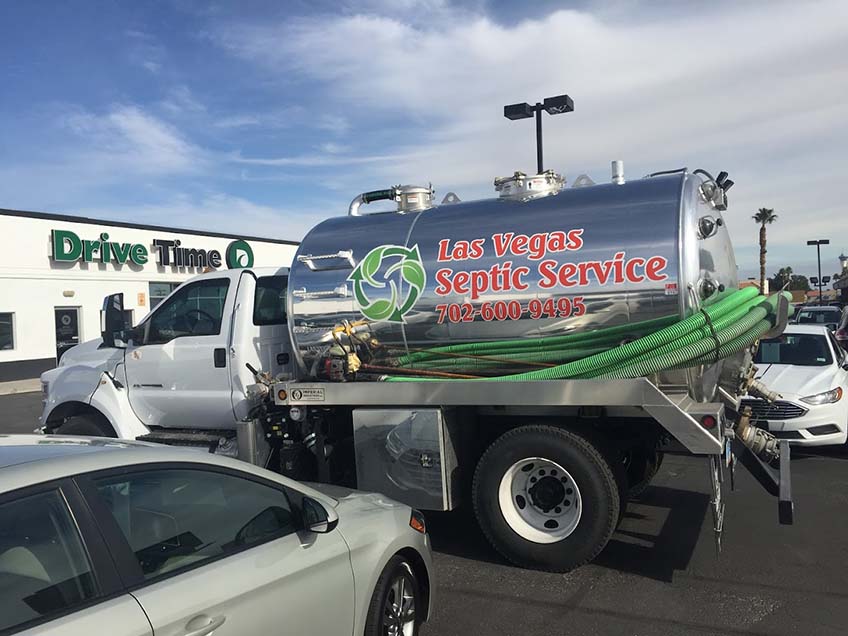Your sewer system is one of the most important parts of your property. That is why a reputable company specializing in lift station pumping should be your best friend whenever you need septic services to ensure everything flows smoothly. The sewage system in your home comprises several components, one of them being the notable lift station.
Keep reading to find out everything you need to know about what a lift station is and what it does.
What is a Lift Station and How Does it Operate?
In most cases, sewer lines rely on gravity to move wastewater to the sewer mains. However, this can be impossible in locations where the sewer line is not raised enough to pump water into the sewer mains by itself. It’s in such cases where a lift station can help. A lift station pumps wastewater from a lower elevation point to a higher point.
In sewer systems, the sewer line transports raw sewage to a storage container known as a wet well. The wet well acts as a holding cell that empties once it reaches a threshold level. Once the wet well is full, a lift station pumps the sewage upwards using a pressurized sewer force main. The sewer force main is a system consisting of pumps and compressors. It elevates the wastewater to allow it to continue with the journey toward treatment and re-circulation.
What Are the Types of Lift Stations?
Two types of lift stations exist– dry well and wet well lift stations. A dry well lift station is housed separately, typically underground or in a separate chamber. It works by using an above-ground tank that stores wastewater until it is ready to be disposed of elsewhere. This type of lift station uses pumps put above it to pump water from a lower area where it is collected to a higher area. Dry well lift stations are ideal for residential settings because of their low prices and small sizes.
On the other hand, a wet sewage lift station makes use of a submersible pump to move water from the wet well to a higher designated destination. This lift station type is the most preferred since it is enclosed and reduces health and safety concerns. In addition, a wet lift station is more affordable and can be further customized depending on your wastewater management needs.
Every lift station is made up of multiple components. These include:
- Wet well
- Pumps and compressors
- Screen for filtering abrasive materials
- Power supply system
- Odor control
- Ventilation system
- Equipment control and lift station alarm system
- Associated valves
What Does Lift Station Maintenance Entail?
Like all systems, the lift station needs routine maintenance to protect its structural integrity and promote smooth functionality. It is also worth noting that sewage is hazardous material and should always be handled with care. If regular lift station maintenance isn’t done, you risk a myriad of issues, such as leaking fluids, messy sewage backups, and motor issues.
As a general rule, lift stations should undergo maintenance at least once a year to keep them in good shape and extend their lifespan. During maintenance procedures, different parts of the lift station are cleaned to clear dirt and dust. This is followed by removing debris and conducting needed repairs and replacements. Moving parts are also oiled and safety tests are done to ensure everything functions as needed.
Besides maintenance, you should follow certain measures to keep your lift station sound. Use the lift station only for its purpose and ensure that its capacity does not exceed the treated wastewater quantity. This helps to prevent prolonged storage and associated problems. Additionally, you must monitor the station regularly even if it means scheduling regular inspections.
Your Trusted Lift Station Pros
When looking for professional lift station services in Las Vegas, NV, and the surrounding areas, you can always count on the expert team here at Las Vegas Septic Service–we’re sure to meet and even exceed your needs. We are a trusted septic tank company offering various services, including septic tank pumping, septic inspection, grease cleaning, and more.

